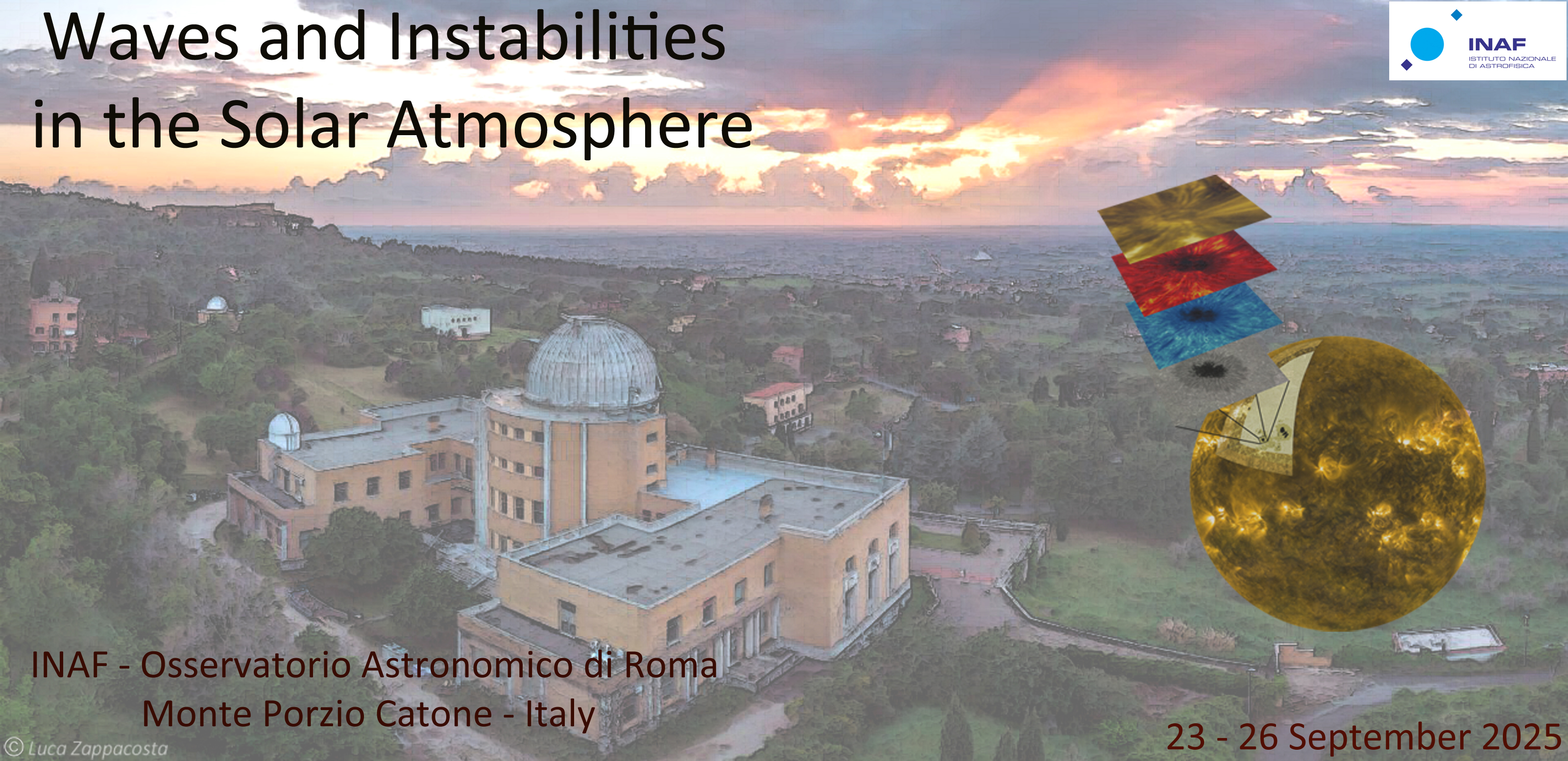Speaker
Description
Solar prominences, composed of ribbon-like structures with fine thread-like substructures, are widely believed to form via thermal instability (TI) leading to the cooling and condensation of hot coronal plasma. Motivated by the ubiquitous presence of sub-Alfvenic counter-streaming flows along magnetic field lines in prominences, we revisit TI in magnetized plasmas under the influence of shear flows. Surprisingly, despite the wealth of literature on thermal instability, the role of sub-Alfvenic shear flows has received little attention.
In this work, we conduct a linear stability analysis that incorporates radiative cooling, coronal heating, and anisotropic thermal conduction, fully accounting for the presence of shear. Our analysis uncovers a striking and previously unreported result: the eigenfunctions of condensation modes are singular, exhibiting delta-function-like behavior. This singular behavior does not occur in the absence of shear flows and emerges even for flows exceeding merely 10^{−4} times the Alfven speed. From the eight coupled linearized MHD equations, we derive a single second-order ordinary differential equation for one variable, and find that those delta-function-like peaks in TI eigenfunctions occur precisely at the zeros of the coefficient of the second order derivative term in the single equation. Furthermore, our study underscores the crucial role of sub-Alfvenic shear flows by demonstrating that super-Alfvenic flows generate isentropic Kelvin-Helmholtz instability instead of isobaric TI, and suppress thermal condensation.
Our findings strongly suggest that the formation of the observed fine, thread-like substructures in solar prominences is an inherent consequence of TI in magnetized plasmas permeated by sub-Alfvenic shear flows.
| Sessions | Instabilities |
|---|

